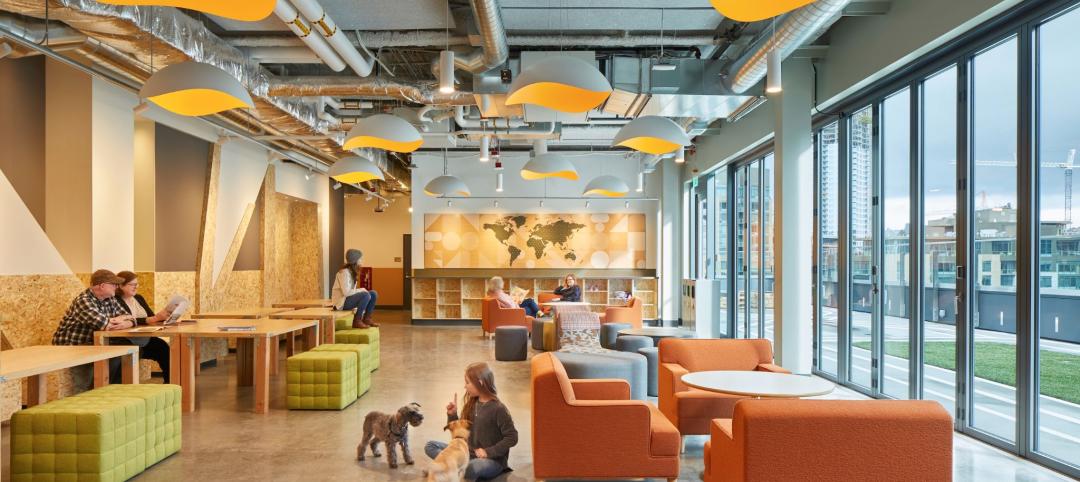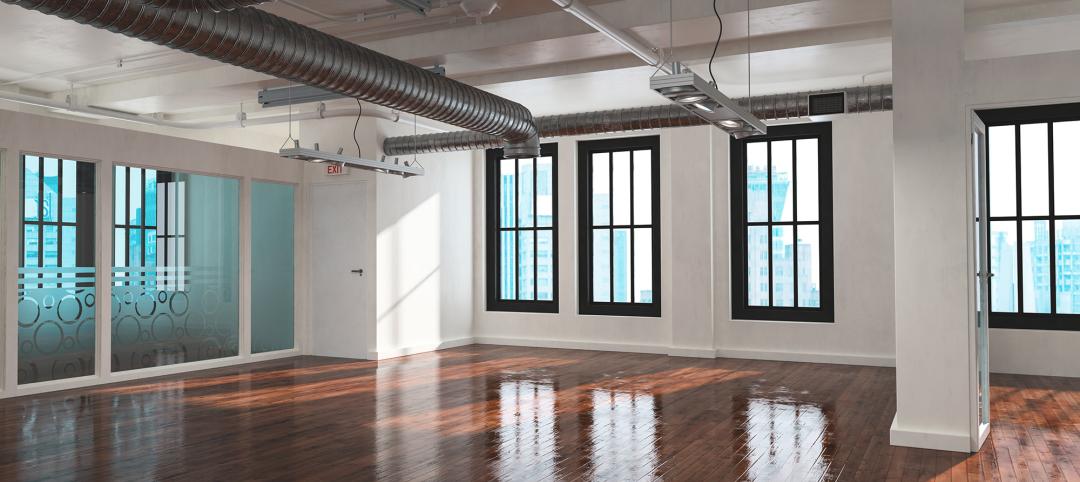Employees place more value on physical elements that support well-being and convenience—such as natural light, views of the outdoors, and food—than on “service” amenities like fitness centers and onsite childcare.
That’s one of the findings of a new survey that examines how workplace experience can boost employee engagement. CBRE’s Workplace practice analyzed responses from more than 1,600 employees in the U.S. and Canada to gauge aspects of the work environment that impact their employee experience.
Future Workplace, an HR advisory and research firm, conducted the survey in partnership with View Inc., a technology company that focuses on creating smart and connected buildings. They sent the survey to employees of all ages, ranging from Generation Zers (4%), millennials (40%) and Gen Xers (38%) to baby boomers (17%) and even the Silent Generation (less than 1% of responses).
There was only marginal generational variation in workplace dissatisfaction levels. Indeed, the majority of those polled (71%) report feeling involved in and enthusiastic about their work and organizations. More than half (57%) said they would recommend their company to someone seeking work.
But the survey wondered just how deep this enthusiasm is, especially when 51% of respondents exhibit low engagement (at best, they are neutral about their workplaces), and 35% exhibit only moderate engagement.
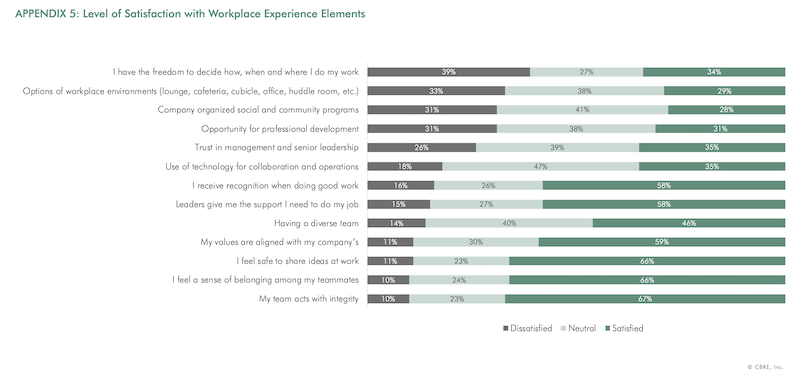
The survey shows that a sizable portion of workers still aren't all that satisfied with their workplace's flexibility or amenities.
The most valued perks or amenities in offices include view of outdoors and natural light (which 53% of respondents cited), an onsite café (44%), a kitchen (37%), and open office space (28%). “Integrated strategically, food is a key element of fostering community and culture within an organization,” the report states. There are also any number of variables that can impact employee engagement, including trust in management and its willingness to listen to new ideas, shared values, opportunities for career advancement, leadership support, and workplace flexibility.
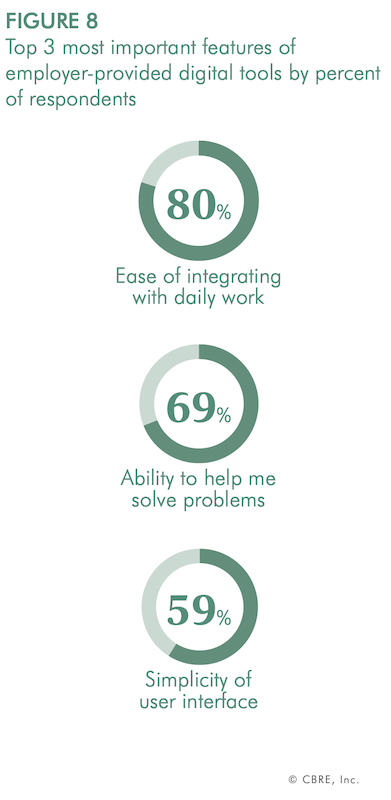
Regardless of how tech savvy they are, employees still want simplicity in the digital tools they use at the office.
The results of the survey reveal that to drive increased engagement and organizational impact, workplace investment should target creating an emotional connection between employees and their employers. When leveraged, the physical environment provides an opportunity to reinforce these emotional elements of workplace experience.
“Trust is reinforced by environments that make employees’ impact and work processes visible. Values are signaled by space allocation hierarchy and investment in experiences that support culture, well-being and ease of work,” says Nina Charnotskaia, Senior Director of CBRE’s Workplace practice.
The survey confirms a trend that’s been happening for a while in workplaces across the country: The office is no longer simply a place for work; it is a destination where employees connect, feel a sense of community, understand organizational objectives and feel their impact on a greater whole.
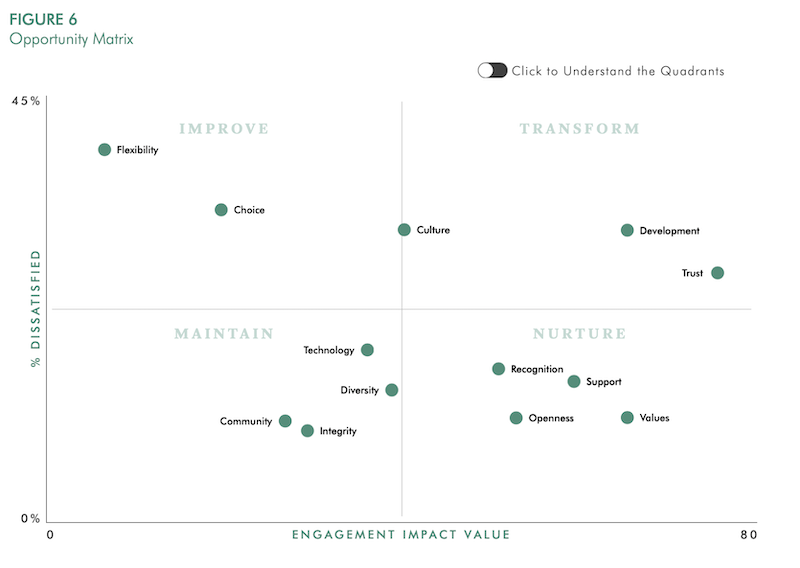
This “Opportunity Matrix” prioritizes investments toward employee engagement.
CBRE created an “Opportunity Matrix” to guide companies’ prioritization of investment for impact into four actionable quadrants: Improve, Transform, Maintain, and Nurture.
For example, the “transform” quadrant highlights the most impactful elements of experience, including trust in leadership, opportunities for professional development, and experiences that drive organizational culture. These elements need investment to achieve their greatest potential in transforming engagement.
The “nurture” quadrant suggests that employees already feel recognized, supported and valued at work, and they are engaged as a result. These experiences must be nurtured and held to the standards employees are accustomed to or they could challenge engagement in the future.
Treating the workplace as a tool that reflects and supports organizational values changes the priority of certain workplace investments. Commercial real estate leaders must understand what each investment decision is “saying” to employees and optimize it for the intended message.
“If senior management can impact employee engagement positively, it can influence better recruitment and retention of talent,” says Damla Gerhart, Senior Managing Director of CBRE’s Workplace practice.
Related Stories
Sustainability | Jan 10, 2024
New passive house partnership allows lower cost financing for developers
The new partnership between PACE Equity and Phius allows commercial passive house projects to be automatically eligible for CIRRUS Low Carbon financing.
MFPRO+ Special Reports | Jan 4, 2024
Top 10 trends in multifamily rental housing
Demographic and economic shifts, along with work and lifestyle changes, have made apartment living preferable for a wider range of buyers and renters. These top 10 trends in multifamily housing come from BD+C's 2023 Multifamily Annual Report.
Green | Dec 18, 2023
Class B commercial properties gain more from LEED certification than Class A buildings
Class B office properties that are LEED certified command a greater relative benefit than LEED-certified Class A buildings, according to analysis from CBRE. The Class B LEED rent advantage over non-LEED is about three times larger than the premium earned by Class A LEED buildings.
Office Buildings | Dec 12, 2023
Transforming workplaces for employee mental health
Lauren Elliott, Director of Interior Design, Design Collaborative, shares practical tips and strategies for workplace renovation that prioritizes employee mental health.
Office Buildings | Dec 11, 2023
Believe it or not, there could be a shortage of office space in the years ahead
With work-from-home firmly established, many real estate analysts predict a dramatic reduction in office space leasing and plummeting property values. But the high-end of the office segment might actually be headed for a shortage, according to real estate intelligence company CoStar Group.
Transit Facilities | Dec 4, 2023
6 guideposts for cities to create equitable transit-oriented developments
Austin, Texas, has developed an ETOD Policy Toolkit Study to make transit-oriented developments more equitable for current and future residents and businesses.
Office Buildings | Dec 1, 2023
Amazon office building doubles as emergency housing for Seattle families
The unusual location for services of this kind serves over 300 people per day. Mary's Place spreads across eight of the office's floors—all designed by Graphite—testing the status quo for its experimental approach to homelessness support.
Engineers | Nov 27, 2023
Kimley-Horn eliminates the guesswork of electric vehicle charger site selection
Private businesses and governments can now choose their new electric vehicle (EV) charger locations with data-driven precision. Kimley-Horn, the national engineering, planning, and design consulting firm, today launched TREDLite EV, a cloud-based tool that helps organizations develop and optimize their EV charger deployment strategies based on the organization’s unique priorities.
Market Data | Nov 27, 2023
Number of employees returning to the office varies significantly by city
While the return-to-the-office trend is felt across the country, the percentage of employees moving back to their offices varies significantly according to geography, according to Eptura’s Q3 Workplace Index.
Office Buildings | Nov 10, 2023
3 important early considerations for office-to-residential conversions
Scott Campagna, PE, Senior Director of Housing, IMEG Corp, shares insights from experts on office-to-residential conversion issues that may be mitigated when dealt with early.









